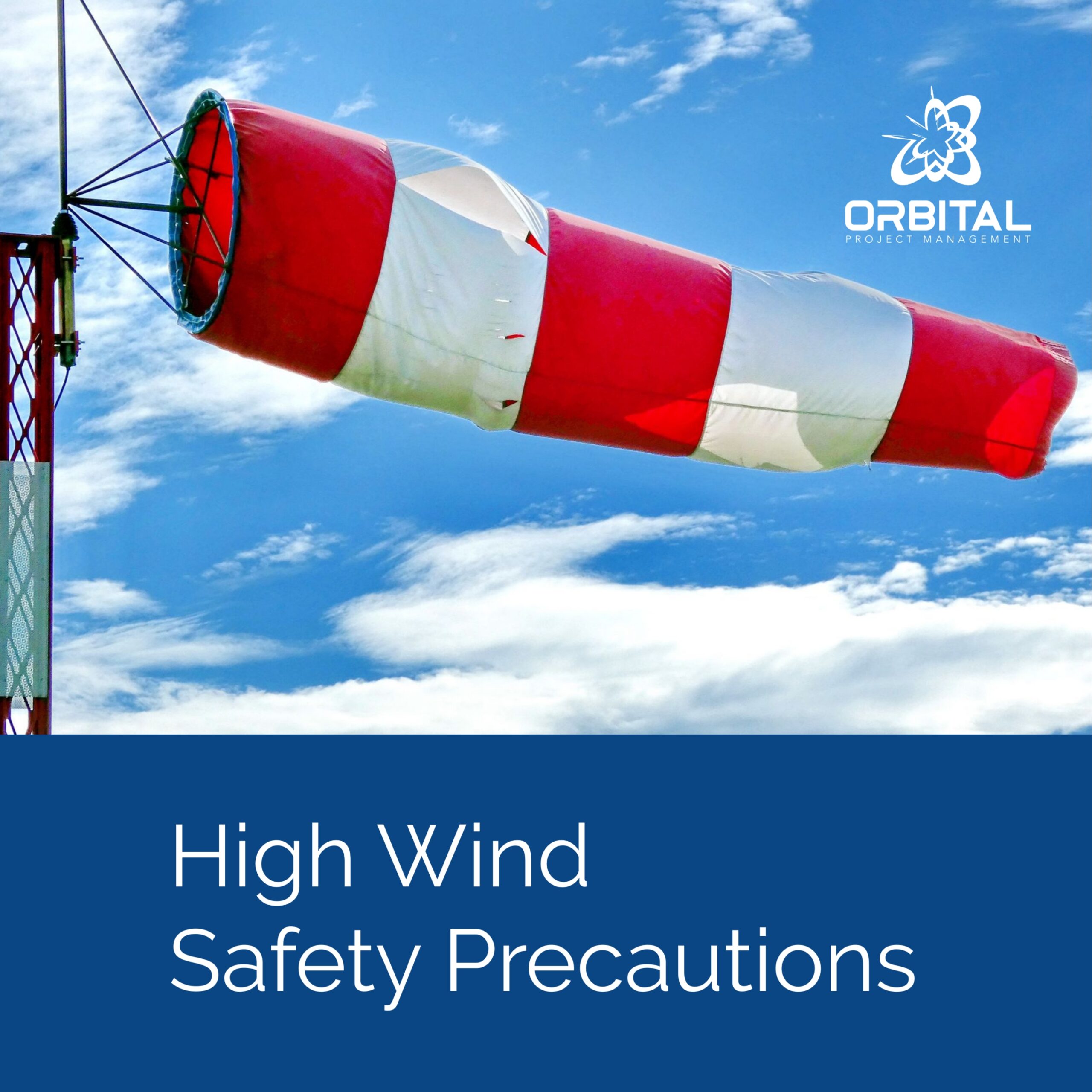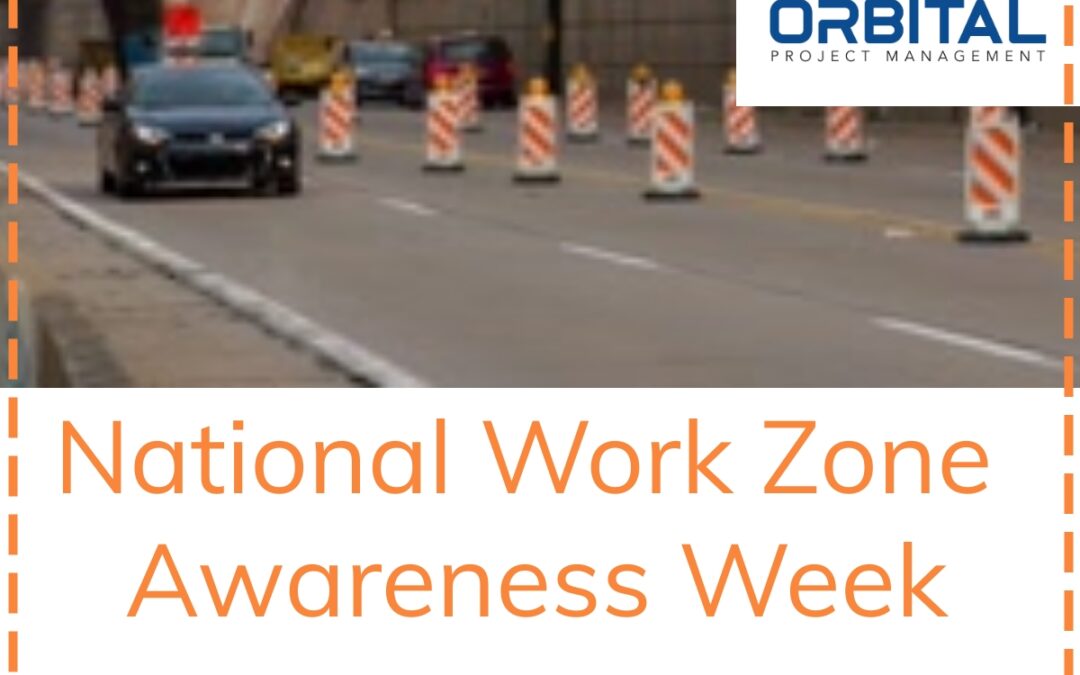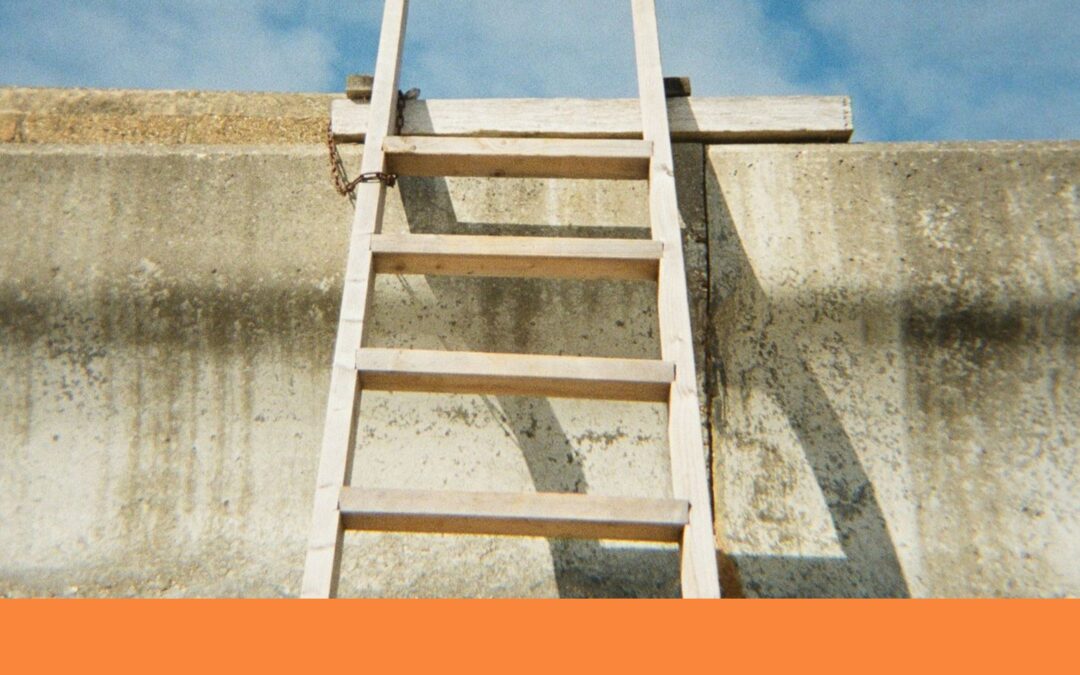Has any part of the country not been impacted by this winter’s blustery storms?
From coast to coast, high winds have taken their toll on homes and businesses. Blowing snow and falling trees created situations that claimed several lives. Given enough warning and adequate protection, sheltering in place during high wind events is often the best course of action to take.
But what about construction jobsites with their high-profile equipment and exposed workers?
Knowing the increased risks and how to mitigate jobsite hazards during high wind events is critical to safety and loss prevention.
High-profile equipment that may topple
From cranes to empty hauling equipment like dump trucks or tractor trailers, strong wind gusts may provide enough force to tip them over. If possible before winds begin, consider relocating equipment to a protected location or at least pointing the nose of vehicles into the direction of the strongest gusts to reduce the chance of a broadside exposure. Investigate the ability to tether or otherwise secure equipment that cannot be moved. Have workers keep a wide berth from equipment that is at increased risk for blowing over.
Working on elevated surfaces
Aside from the ever-present risk of falls on elevated surfaces, winds can compromise scaffolding or send safety items such as warning lines held with temporary supports skidding off a leading edge. Acting on impulse, workers have made grave errors in attempting to stop blown items from falling. Elevated surface work is dangerous enough in the best of conditions. Better to halt it during wind events and keep workers safe.
Blowing debris
Move loose items into secured locations or tether them, if possible. Items with a large surface area relative to their weight (think sheet metal, plywood, drywall, etc…) are particularly prone to being caught in gusts and acting like sails. When possible, lay items flat and provide considerable weight on top to anchor them. Avoid areas downwind from supplies or debris that may be blown.
On multilevel open structures with stored materials, try to move items to an interior wall or windblock. Have workers on the ground stay far away from elevated open areas where objects may be blown and fall.
Ensure workers use eye protection where debris may be airborne. Even tiny particles such as sand or soil may cause injuries. Shatterproof wraparound safety glasses or goggles may be used to prevent debris from damaging corneas.
Uncontrolled hoisted loads
The only, and I mean ONLY, reason to be conducting any sort of lifting operations during a high wind event is to save lives (and only if the need outweighs the inherent risks). If feasible, connect multiple taglines for workers to stabilize the load. If taglines would put workers in greater danger than an out of control swinging load would, then disregard. Other than rescue operations or imperative lifts to prevent loss of life, all lifting operations should cease until high wind dangers have ended.
Doors
Yep, they get their own subheading. Why, you ask? Psychology. We are conditioned not to be on high alert when opening doors. We do it all day, every day without worry: house, car, work building, office. Guess what that does to your brain? It makes your self-protective radar super casual about opening doors. You’re simply unable to accurately assess the risk involved when wind speeds are high.
Anyone here lived somewhere super windy? I did some time on Kodiak Island in Alaska. Want to know one of the first lessons you learn upon arrival there? Park your car with the grill pointed into the prevailing wind. Some people follow the advice right off the ferry. Others have to learn by getting their arm yanked out of socket or their car door damaged.
Do your best to be wise when opening any door during a high wind event. Make sure no one is standing in its path in case it swings all the way open. Don’t park close to other vehicles whose doors may strike and damage yours. Pretend you’re lifting a heavy weight and stabilize your body and shoulder before attempting to open a door that may catch the wind. Try to open the door only as wide as necessary to gain entry or exit. Be aware of your surroundings and maintain a safe distance from any closed door that may open into the area.
OSHA Recordable and Reportable Injuries
The most common injuries caused in high-wind situations at the workplace include:
- Slips, trips, and falls
- Struck-by incidents
- Eye injuries
- Strains and sprains
If the injury results in a fatality or an in-patient hospital admission for the worker it must be reported to OSHA within the appropriate time limit (8 hours for a fatality, 24 hours for certain other injuries and hospitalizations). If you’re responsible for injury recordkeeping or reporting to OSHA, be sure to familiarize yourself ahead of time with the documents, criteria, and contact methods.
Ready for more safety reminders?
Sign up to have The Nucleus delivered to your inbox each month (and gain access to prior issues).






